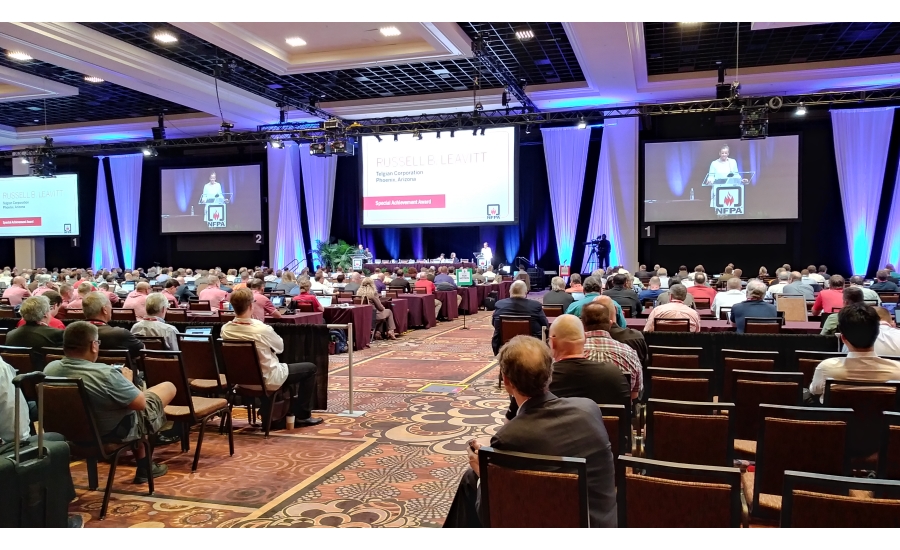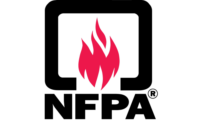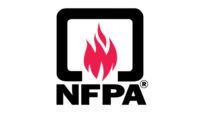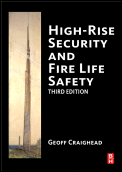This afternoon, at the annual NFPA Conference & Expo held in Las Vegas, members voted 304 to 128 to accept the updated language proposed for the 2019 Edition of NFPA 72.
The change to the code has a direct impact on alarm companies and monitoring stations because it involves where and how fire alarm monitoring is provided to commercial locations.
The main point of contention in this language is Section 26.5.3 of the code, which specifies the requirements for supervising station alarm “facilities.” A certified amending motion (CAM) was presented on the floor to accept “Public Input 6” that specifically revises 26.5.3.1.3. This language was intended to clarify the position that listed central stations are able to provide remote station service if that is the level of service desired. Specifically, within the proposed final edition is a paragraph that reads:
26.5.3.1.3 Alarm, supervisory and trouble signals shall be permitted to be received at a listed central supervising station.
This language — which was submitted by Rick Simpson, vice president of technical services at Vector Security and chair of The Monitoring Association’s (TMA) Standards Committee, and was voted in favor of — changes the original language by striking out the introductory words, “Where permitted by the authority having jurisdiction…”
Many people spoke in favor including Ivan Spector, TMA president; Jay Hauhn, TMA executive director and CEO; Patrick Egan, founder of Select Security; Kevin Lehan, public relations manager, EMERgency 24; and a representative from the Church of Jesus Christ of Latter Day Saints.
The reason this language matters is that many in the industry believe the code should reflect that a facility meeting the stringent central station listing requirements automatically meets the lessor remote station facility standards. According to ESA, this updated language will prevent a central station from arbitrarily being denied recognition as a remote station, as has happened in Schaumburg, Ill. (www.SDMmag.com/illinois-esa-schaumburg), where in 2016 the city passed a law requiring any new alarm installation for commercial fire in Schaumburg to be monitored by Northwest Central Dispatch, which is the 911 center for 10 nearby communities.
Kevin Lehan, former executive director of the Illinois Electronic Security Association (IESA), said the Schaumburg law would be tantamount to the government confiscating customers from private alarm companies.
In areas where this practice is occurring, ESA reported, the AHJ designates a single remote station, typically operated by or in partnership with the AHJ itself, as “approved” under the code. The AHJ then rejects the use of all other forms of private fire alarm monitoring, including monitoring via a NRTL-listed central station. This eliminates all private competition and leaves a government entity, who is also the AHJ, as the sole provider of fire alarm monitoring services.
Since the code revision process is a three-year cycle, correcting this now rather than pushing it to the 2022 cycle prevents potentially adverse language from being in effect for nearly a decade.
Not everyone agrees with this take, however. Some, according to ESA, believe the proposed language in the CAM was poorly worded, possibly in the wrong location, and possibly does not address other subsections in the same section that could then cause issues with interpretation. Some subject matter experts said, even before the vote, that the proposed language update should be rejected this cycle in favor of building a consensus on modifying the code in the next cycle to address all the relevant sections that would apply. Others opposed modifying a national code for solving what they deemed a local issue.
Roy Pollack, an SDM columnist and ESA representative on the NFPA technical committee, said before the vote, “I will be attending the NFPA technical committee session in Las Vegas and casting my vote against the CAM. I personally have experience in the fire service, the alarm industry and on several industry committees and do not feel that the way the CAM is written is in the best interest of anyone but a select few. While I understand and agree with the underlying issue, I believe that the proposed language is poorly written, in the wrong place and does not address other sections of the code, thereby potentially causing confusion and conflict. The issue needs to be thoroughly discussed and reviewed by both the ESA and TMA and a comprehensive public comment submitted during the next cycle of the code for consideration.”
While ESA is taking a more neutral approach, attempting to educate the industry about the issue, TMA has been open in its support of changing the language to the CAM.
According to TMA, it was involved in an effort to overturn the NFPA language in 2016 when it was first modified to include the controversial language, but it was unsuccessful. TMA supports changing the language this year, fearing that the language as it stood before the vote would have caused alarm companies to be subject to a loss of customers because fire departments will commence monitoring themselves.
“What is happening,” said Jay Hauhn, executive director, TMA, “is that municipalities are not allowing NRTL-listed central stations to monitor fire alarms, and yet they allow the use of something called remote station. The standards to be a remote station are incredibly lax.”
“Where permitted by the authority having jurisdiction” language in the code, Hauhn said, “is very common. However, using it to block an entire class of service is unprecedented, inappropriate and makes it easier for municipalities to prohibit NRTL-listed central stations from monitoring fire alarms. We’ve been monitoring fire systems safely and effectively for 100 years.”
Before the vote, Hauhn said this proposed change to strike out AHJ language was being spun by opponents as usurping AHJ authority, but contends that the proposed change “takes unfair language out of the fire code, given the way it was being used.”
Following the vote, Hauhn told SDM that this vote goes a long way in protecting a consumer’s right to select a NRTL-listed central station of their choice. “Many municipalities will still write their own fire code that will counteract the action we just took with NFPA 72 — municipalities are allowed to pass their own fire ordinances in many states,” he said. “In other states, a municipality cannot write a fire code that conflicts with the code at the state level; so in those municipalities where the state levels are overriding, it means a lot. When a municipality does consider enacting an ordinance that takes away the rights of consumers to use a NRTL-listed facility, we will review it and hopefully work with the municipality to implement a fair ordinance.”
Hauhn said TMA would contest that when it happens.
"This is not an affront to the fire services,” Hauhn added. “The entire monitoring industry, everybody in the fire protection business, totally respects what those in public safety and the fire services do to protect the community. This was simply an action to do away with an inequity and make things fair.”










